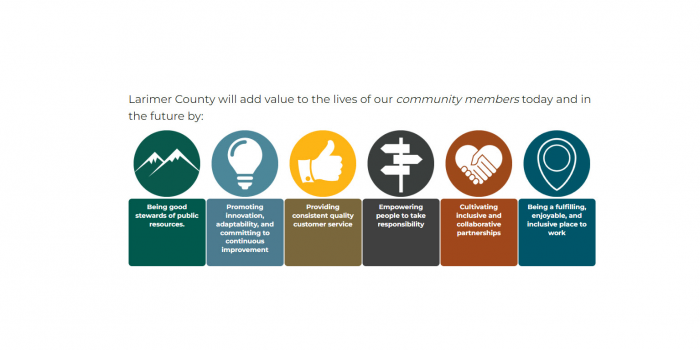 Ask any social media manager for a government agency what works, and you will likely get this question in return: “Works for what purpose?” There are many reasons government agencies might turn toward social media to communicate with citizens: emergency communications, event updates, meeting announcements, etc. The problem many agencies have is a valid one – what if people say something negative about us? That is going to happen, but if you work hard to establish rapport with followers before, you can lessen the blow of such comments while also working to build meaningful, engaging relationships with your followers.
Ask any social media manager for a government agency what works, and you will likely get this question in return: “Works for what purpose?” There are many reasons government agencies might turn toward social media to communicate with citizens: emergency communications, event updates, meeting announcements, etc. The problem many agencies have is a valid one – what if people say something negative about us? That is going to happen, but if you work hard to establish rapport with followers before, you can lessen the blow of such comments while also working to build meaningful, engaging relationships with your followers.
In my research, I conducted a sentiment analysis of thousands of Twitter exchanges between local governments throughout the United States and followers of those accounts. The question I sought to answer was: How does tone influence citizen engagement on social media? Anecdotally, we know personality matters, but my study is one that shows how tone can help you and your agency build a positive following on social media platforms of all kinds and not just Twitter.
Machine-learning sentiment analysis essentially “teaches” a computer what words carry positive, negative, or neutral connotations. For example, if someone tweeted “Today is such a great day!” the computer would sort that into the positive bucket. The machine would do the same with a tweet lamenting an awful day and sort that into the negative bucket. Where it gets a bit trickier is a tweet such as, “I hate Batman but love Superman.” Both polar emotions are expressed, so the machine would likely code that tweet as neutral. The machine, developed by researchers at the Mississippi State University’s Social Science Research Center, performed similar evaluations of the tweets in my dataset. This analysis, coupled with examination of each city’s Twitter feed, showed that a positive tone increased levels of citizen participation on social media. Tone alone, however, was not enough to increase engagement. We found that sharing photos, using positive punctuation (exclamation points) and emoticons, and responding to comments all aided in boosting levels of participation.
One example is the City of Issaquah, a suburb of Seattle in Washington State. On their Twitter feed, you will find videos of local events, photos of local happenings, lots of positive punctuation, information shares from other agencies, and responses to citizen comments. The latter is critical, albeit scary, to increasing meaningful engagement. In a simple example, a resident shared a photo she took of the recent (Sept. 27, 2015) eclipse over a landmark in Issaquah. She tagged the city’s Twitter feed and got a response back of “Beautiful! Thanks for sharing!” She replied with “Thank you. J” At least she knows someone viewed her photo and now has a positive association with the city.
In sum, some tips for creating engagement on Twitter based on my research include: using positive language, sharing information from others, retweeting when possible, including photos and videos in posts, and replying to comments, even if potentially negative. These might seem obvious to some, but cities throughout the U.S. still use the social tools in static, one-way, push communications styles. This removes and guts the social aspect of these media, leaving little room to build critical citizen-government relationships.



